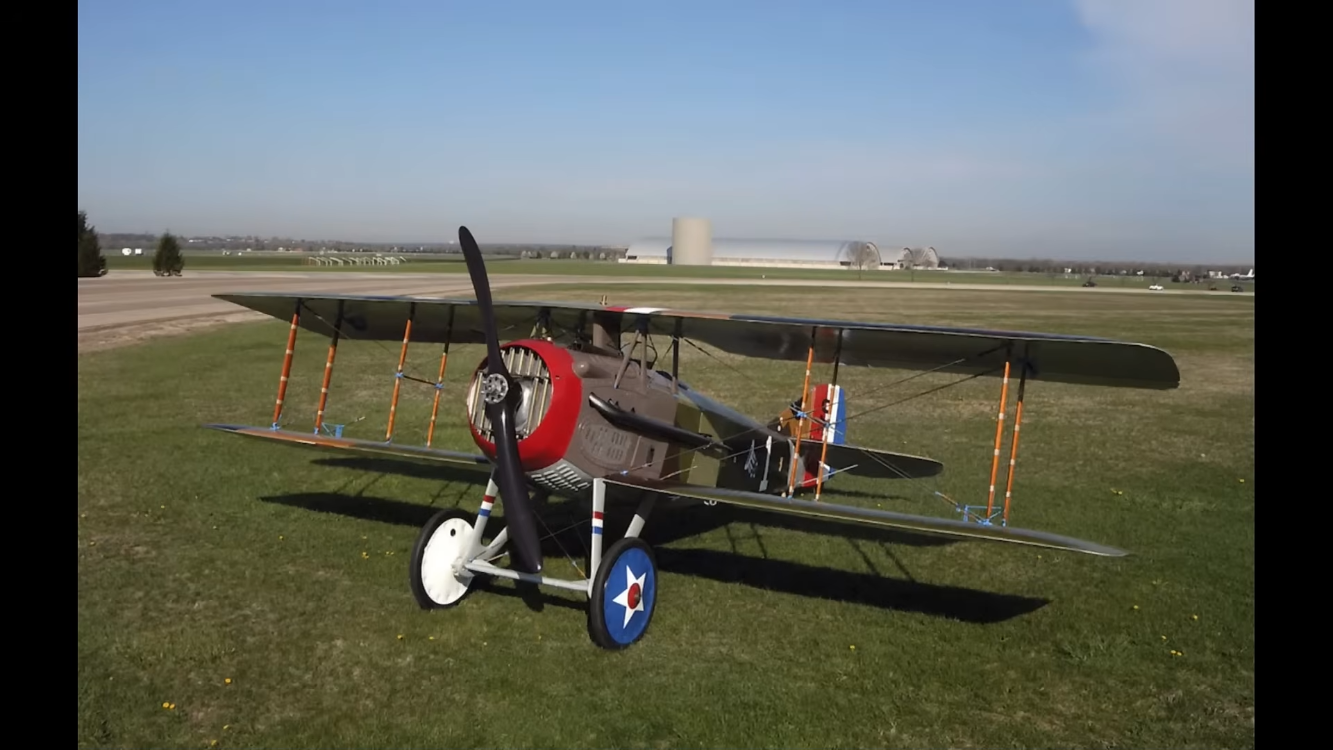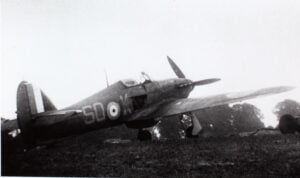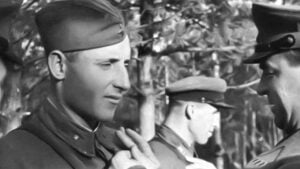5 Features That Made This The Best French Fighter Of WW1

YouTube / Greg's Airplanes and Automobiles
-
A New Standard for Speed and Power
The SPAD 13 entered service in 1917 with a 200 to 220 horsepower Hispano Suiza V8 engine. This gave it higher speed than any German fighter then in frontline service. Its strong construction allowed very steep dives, and pilots relied on that strength when disengaging from a fight. The Hispano engine was unusually clean for its time because it used sealed valve covers that prevented oil spray, which greatly improved pilot comfort on long patrols.

-
A Fighter Flown by Legendary Aces
René Fonck, the top Allied ace of the entire war, flew the SPAD 13. He achieved seventy five confirmed victories and likely many more that fell behind German lines. The aircraft was also flown by France’s Georges Guynemer, Italy’s Francesco Baracca, and the American Frank Luke. Baracca’s personal emblem, a black prancing horse on his SPAD, later became the symbol used on Enzo Ferrari’s racing cars. The aircraft’s wide list of expert pilots reinforced its reputation for reliability and combat strength.
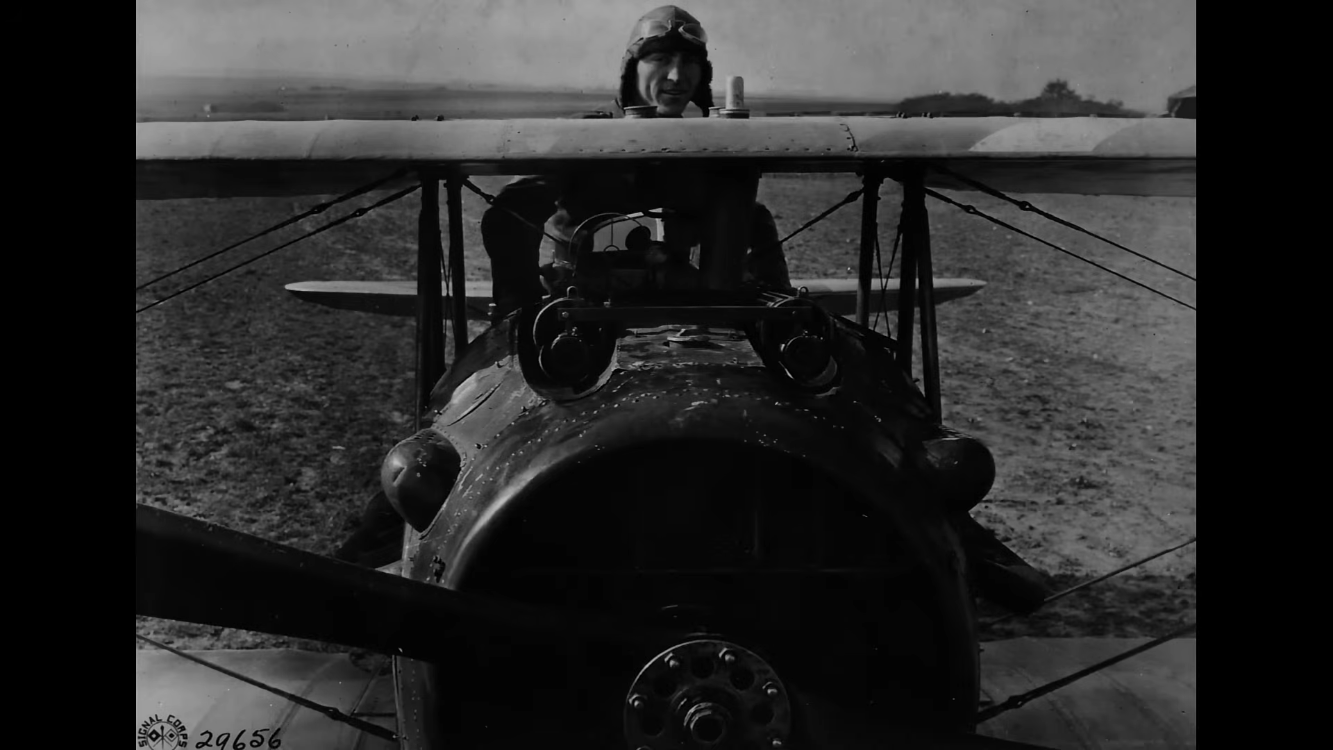
-
A Direct Successor to an Ambitious Cannon Fighter
The SPAD 13 grew out of attempts to mount a 37 millimeter cannon on the earlier SPAD 7. Engineers tried to place the cannon between the cylinder banks and fire it through the propeller hub by raising the propeller centerline with a gear reduction drive. The result was the SPAD 12, an aircraft that produced impressive power but demanded the pilot reload the cannon manually after each shot. Smoke in the cockpit and awkward handling led to the design being abandoned. The SPAD 13 took the improved engine and updated structure but replaced the cannon with twin synchronized machine guns.
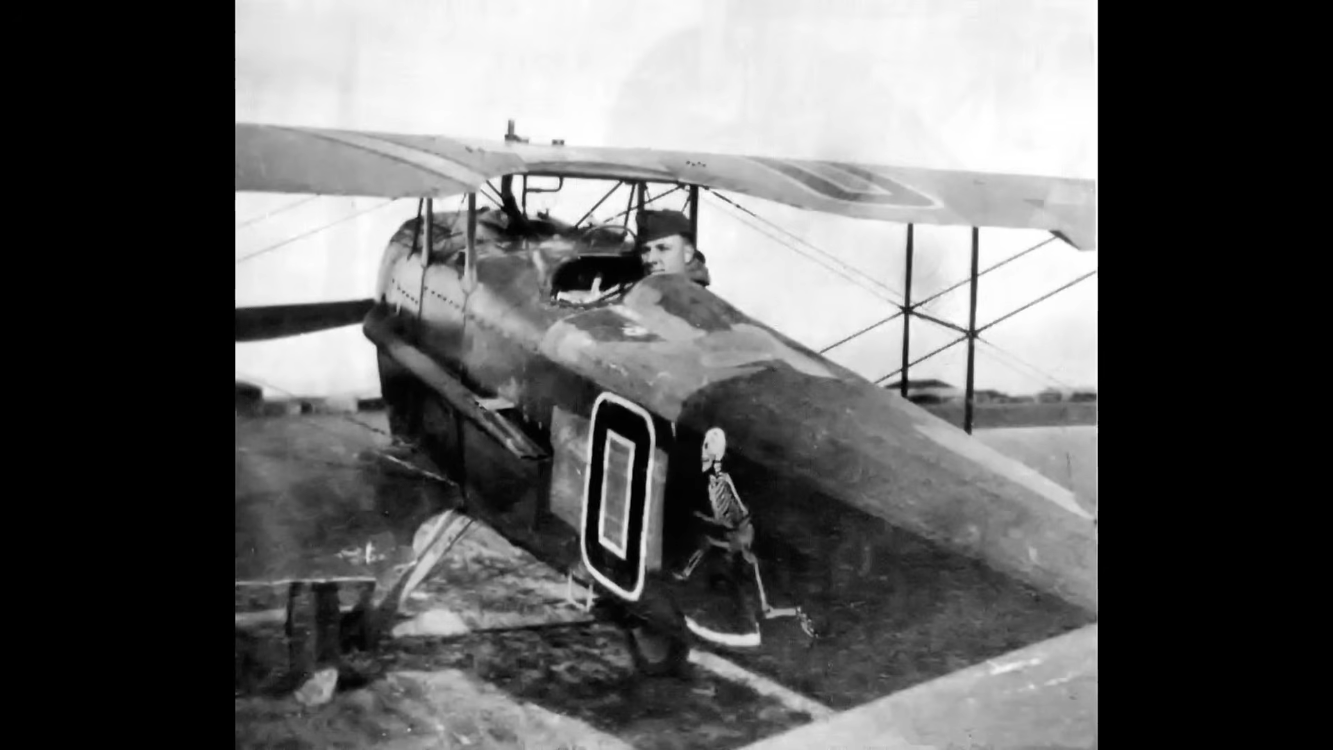
-
A Cockpit Designed With Pilots in Mind
Pilots flying early fighters often coped with oil spray, exhaust fumes, and difficult instrumentation. The SPAD 13 avoided many of these problems. Its exhaust system carried fumes to the rear, and the engine produced far less oil blowout than the rotary engines common on other fighters. The airspeed gauge was placed on the main panel rather than on a wing strut, which made landings far easier for inexperienced pilots. The pilot’s legs sat in aluminum tunnels just below the engine, and the transferred engine heat helped during high altitude patrols.

-
A Proven Winner Across Many Air Services
By the final year of the war, nearly every French and American pursuit squadron operated the SPAD 13. Production increased rapidly after early delays, and thousands were completed before the Armistice. The aircraft’s combination of speed, durability, and pilot friendly design made it a dependable frontline fighter during the last major offensives of 1918. It remained in use after the war and influenced several later fighter designs that adopted similar engine layouts and construction methods.
